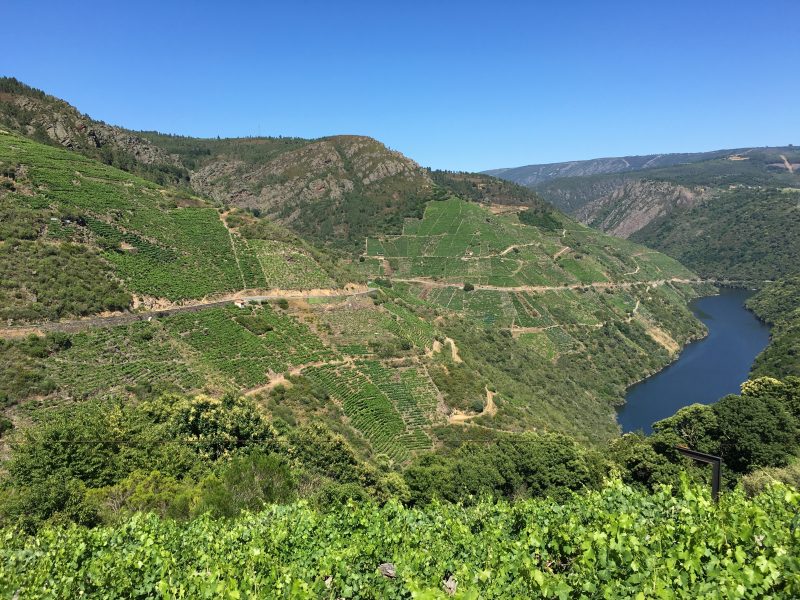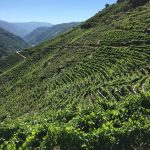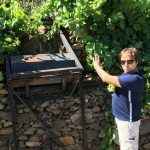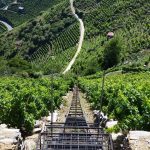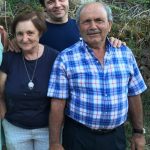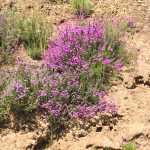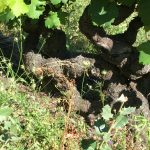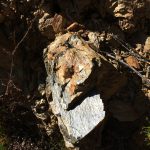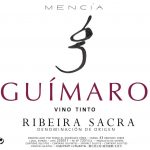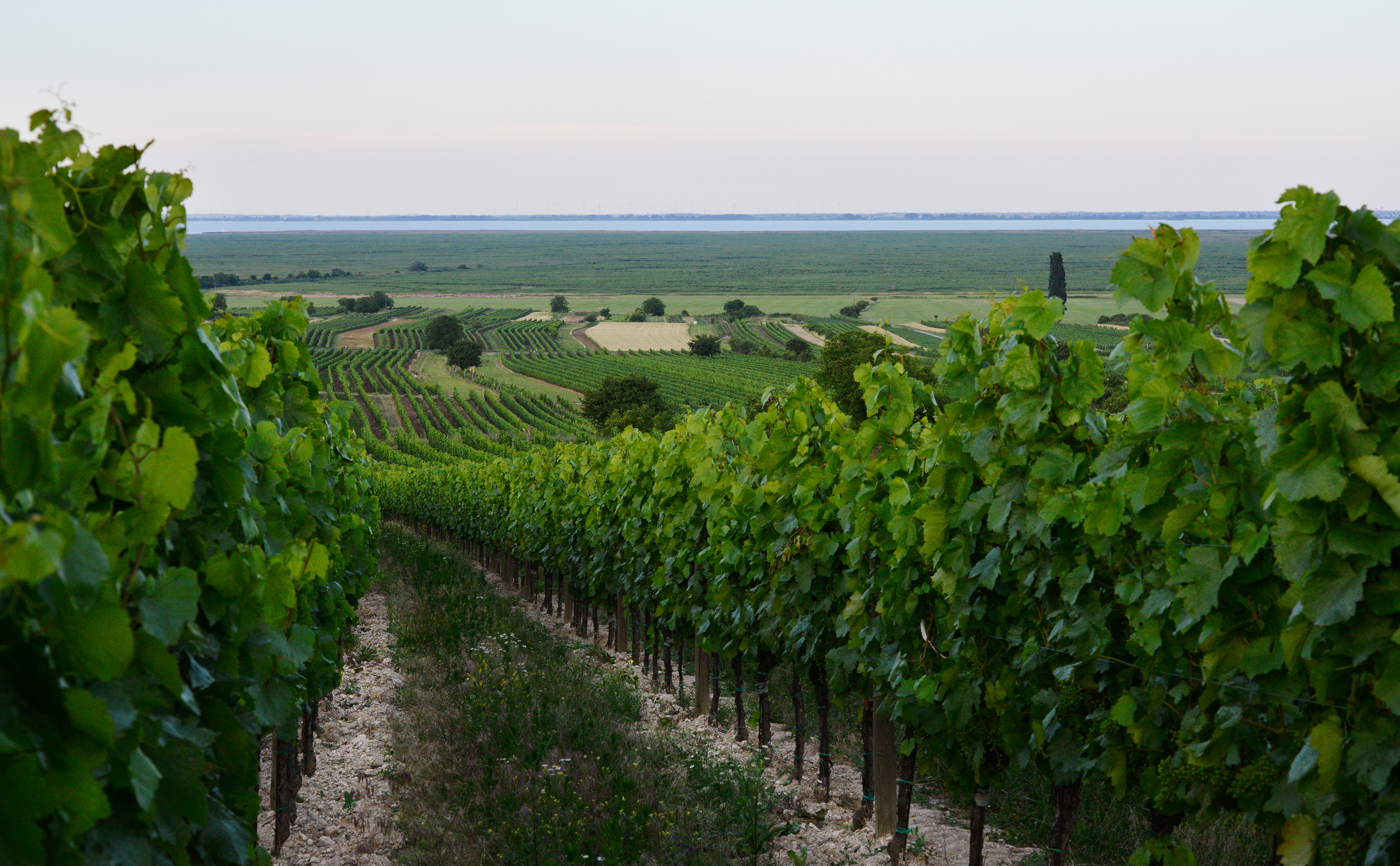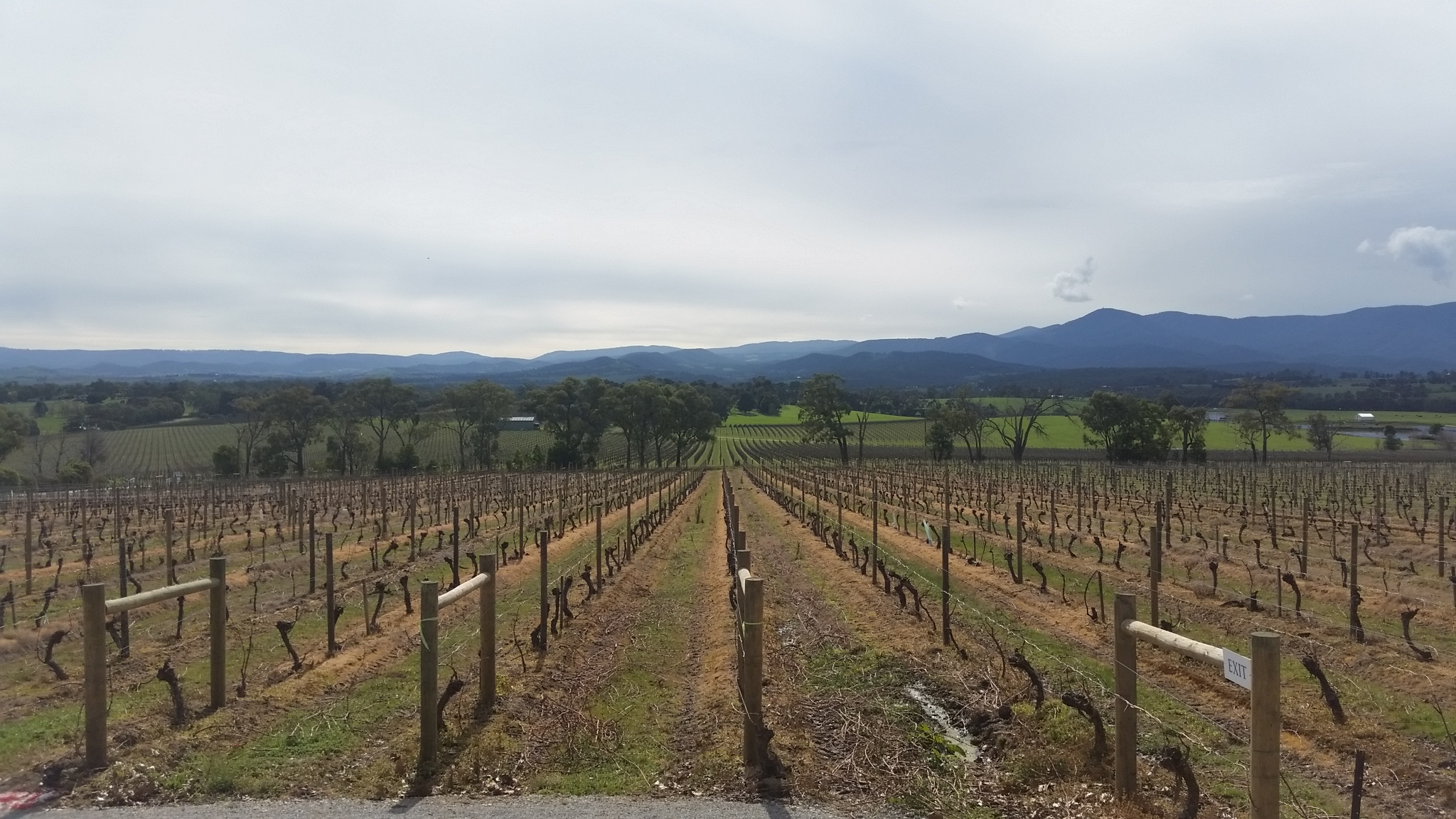The Ribeira Sacra deserves your attention. Put this into context. 96 producers, 52 of which export wine, farm 1,200 hectares under vine by 2,800 land owners. When you look at the old terraces and stone walls dividing each parcel, these typically represent family land borders that date back to the 12th century. History repeats itself, Romans brought the vine to Sil River Valley, and the monks were the first to cultivate this land, where even the dairy farmers and local agrarians gave portions of either their produce or revenue to the church. The land here is steep, expensive, difficult to acquire, painstaking to work, and as Pedro Rodriguez explains, nearly impossible to develop new vineyards. Pedro is doing all of the above.
What makes the region so well suited to fine wine? Do any of these aspects resonate from the most heralded wine appellations of the world?
- Steep slopes up to 72 degrees in grade = Drainage + Concentration
- Fog that rises above the Sil River until 10:30 am = Cool sunscreen + Freshness
- Subzones and microclimates dating to 12th century delineations = Distinct Terroir
- Soils that break through the surface of granite, slate and schist = Minerality
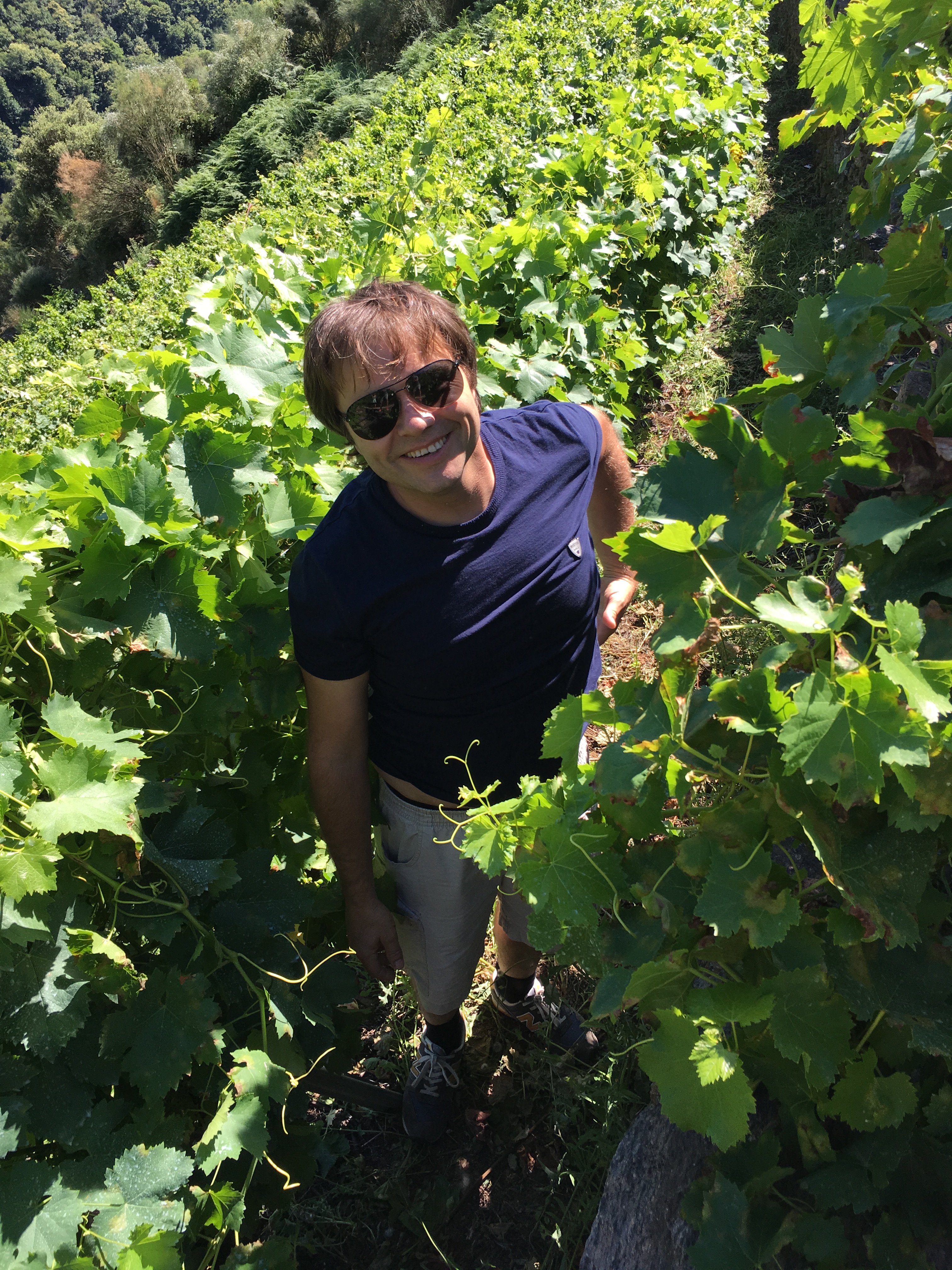
Pedro Rodriguez is the 5th generation winemaker at Adegas Guímaro, verified by Pedro’s mother and father who live on a small pueblita of 4 families and have witnessed time pass in this quiet zone of Galicia. We met the 5 generations of family members through old wedding photos and family portraits, as we savored chorizo and jamon, both from the family’s pigs and butchered in house. The town looks old. In Pedro’s hometown of Monforte, the average age is 64 years old. The region experiences something akin to Beaujolais. Current prices do not lure the youth into the vineyards, so the aging parents bear witness to vineyard abandonment. Stubborn landowners don’t want to sell to foreign investors. Local families are tasked with working the land, but only if they are passionate.
Guímaro is a jewel in the heart of the valley. With plantings dating to 1910, and new vineyards chiseled out of rock as recently as 5 years ago, Pedro says he loves this land, the culture and tradition it represents. Barrels and tanks are hardly ever interesting to stare at. But tasting his new experiments for joven wines fermented and aged in large, upright tronconique casks reveal textural delights with the freshness and purity of his Mencia-toped rock face vineyards. Pedro adjusts each vineyard and each vintage to tease the full expression, combining whole cluster, intracellular, and destemmed fermentations. “The whole cluster wines result in such smoothness,” Pedro says “as the Mencia stems lignify early, and the basket weave they create, protects the grapes in the delicacy of crushing as they tread on must caps by foot and by paddle.” Intracellular or “carbonic,” though Pedro says he shies away from that word, preserves freshness, and for his wines it occurs naturally. Though he tunes his cellar work to each parcel, the ideas are parallel across each of his wines.
“The future of the region, lies within the single vineyards. Within a 200m difference in horizontal distance, the resulting wines vary distinctly from Capeliños, to Pombeiras and Meixeman. Once we can understand the value of single expressions in this region, we can encourage winemakers to make more serious wine and encourage economic viability to keep these vineyards maintained.” Pedro’s argument rings clearly in his wines, and gives hope for the region. Bright and expressive wines, that beg the comparison of Côte Rôtie woven with Chinon, to make 13% alcohol high toned wines, of both deliciousness and historical significance.
Sunset rolls around just after 10pm. The evening’s intense glow fooled us into thinking the afternoon was still peaking. More intense was the glow and the warmth shared by the Rodriguez family as we said our goodbyes and exchanged thanks for such an enlightening visit. Pedro’s vineyard work today is hopeful preparation for his 5 year old daughter, who says she wants to be in the vineyards. We jumped into the car. The Rodriguez family returned to the field for their vegetable harvest. Reflecting on this quiet period, in the 4 horse town, we appreciate the extra opportunity of this late sunset to keep families like this tending vine, preserving rich history and presenting it with joy, as the lens of the world turns towards this deserving jewel.




